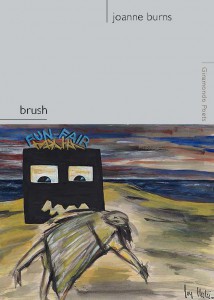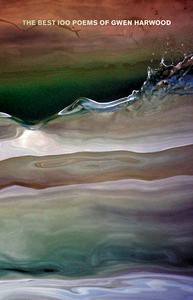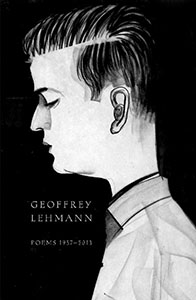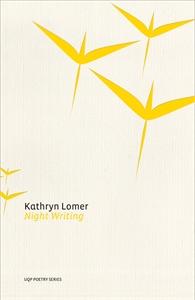Poetry
Rampant verbal flowering: brush by joanne burns
I read brush three times before I felt adequately prepared to write this review. On the third reading, an alternative clarity emerged, one that artfully purified a contemporary experience – media saturation, information overload, advertising bombardment, excess consumption, political vertigo and decay – offering a humorous, perhaps nonchalant attitude as a pathway through the heady jumble that constitutes our existence.
Great Poem Hoax: The Best 100 Poems of Gwen Harwood
In the case of a selective anthology such as The Best 100 Poems of Gwen Harwood, both the adjective and the magical number have a trace of the ludicrous. One would like to think that Harwood had reached a level of importance where gratuitous boosting was unnecessary.
Sunflowers of a kind: Exhibits of the Sun & Eldershaw
Exhibits of the Sun is well-named; the poems are all sunflowers of a kind, drenched in light, or seeking it. For a Metaphysical Poet, Edgar has a surprisingly painterly eye. He especially loves the way light rebuilds the world – or the consciousness that perceives it – in the light of morning.
A user of masks: Poems 1957 — 2013 by Geoffrey Lehmann
Geoffrey Lehmann’s Poems 1957–2013 is a great opportunity to do two things: enjoy a lot of memorable Australian poems ranging across more than half a century and to examine the trajectory of a long and now completed career.
Render it barely: Collected Poems: Lesbia Harford
Bringing so much writing by an important but under-appreciated Australian poet into the public arena is a major achievement, for which both editor and publisher should be congratulated. It is, however, regrettable that the new volume diminishes Harford’s work with an editorial framing that feels unpleasantly gendered.
Inward illumination: On Antigone Kefala
Kefala’s output is highly accomplished and highly individual. She seems, like all real writers, to have been clear about what she was doing from the very beginning, even when what she was doing involved a lot of uncertainties.
Reverse the skin: Night Writing by Kathryn Lomer
Night Writing is divided into five thoughtfully arranged sections which nevertheless bleed into one another. The first, entitled ‘The mother hand’, is something of a miscellany, foreshadowing several themes and concerns that re-appear later — among them parenthood, unrequited love, significant childhood episodes, and tributes to other women of courage and achievement.




